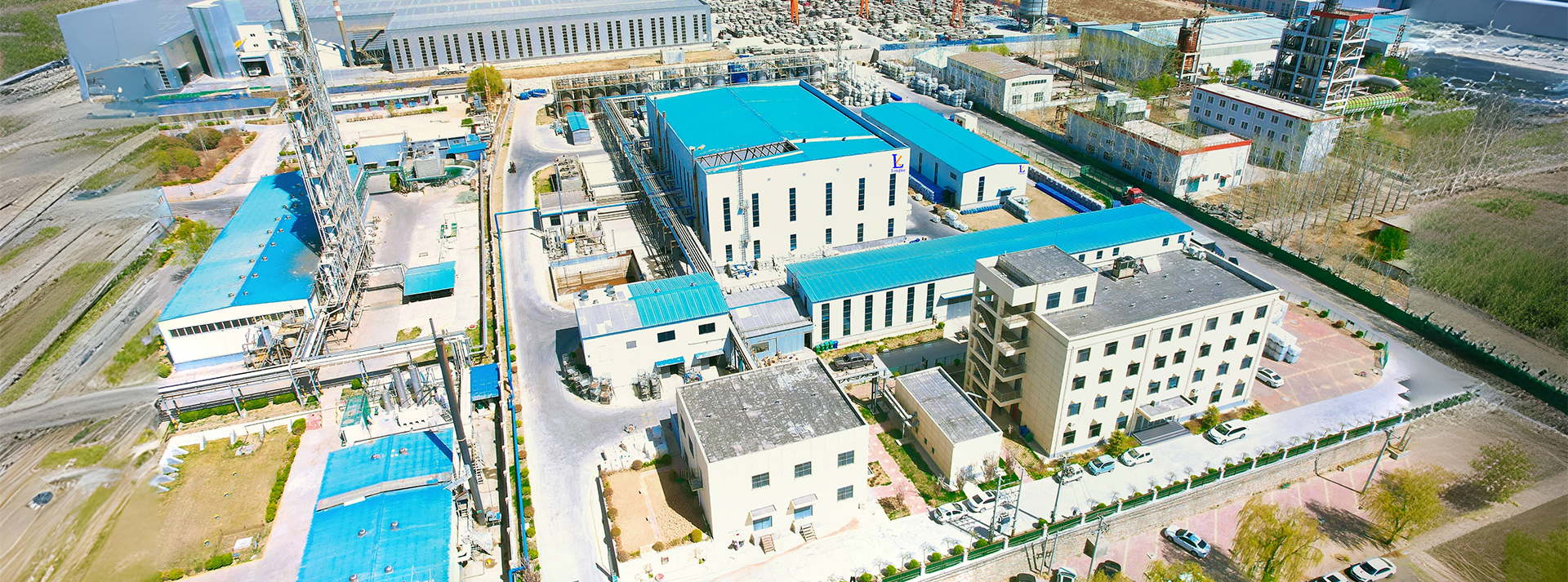Effective Applications of PAM Flocculant in Water Treatment and Waste Management Solutions
The Application and Importance of PAM Flocculant in Water Treatment
Polyacrylamide (PAM) flocculant has gained significant attention in various applications, particularly in the field of water treatment. As an essential additive, PAM plays a crucial role in the coagulation and flocculation processes, effectively aiding in the removal of suspended particles from water. This article will explore the properties, applications, and benefits of PAM flocculant, emphasizing its importance in ensuring clean and safe water.
Understanding PAM Flocculant
Polyacrylamide is a synthetic polymer derived from acrylamide monomers. When dissolved in water, PAM forms a gel-like substance that can adsorb and bind with fine particles suspended in liquids. Depending on its molecular weight and charge characteristics, PAM can be classified into different types, including anionic, cationic, and non-ionic flocculants. These variations allow for tailored applications depending on the specific water treatment needs.
Applications in Water Treatment
One of the primary applications of PAM flocculant is in municipal wastewater treatment plants. Here, PAM is used to enhance the sedimentation process, enabling the removal of solids from wastewater. By aggregating fine particles into larger flocs, PAM increases the efficiency of the settling process, ultimately reducing the volume of sludge generated during treatment.
In addition to municipal wastewater, PAM is widely utilized in industrial settings. Industries such as mining, paper manufacturing, and food processing benefit from the flocculating properties of PAM. For instance, in mining, it aids in the clarification of tailings, allowing for the recovery of valuable materials while minimizing environmental impact. In the paper industry, PAM improves fiber recovery during pulping and enhances the quality of the final product by removing impurities.
pam flocculant

Furthermore, PAM flocculant is also prevalent in water purification systems, particularly in the treatment of drinking water. By effectively removing turbidity and harmful microorganisms, PAM ensures that the water meets safety standards for consumption. Its rapid action and efficiency make it an ideal choice for both large-scale municipal systems and smaller rural water treatment facilities.
Benefits of Using PAM Flocculant
The use of PAM flocculant offers numerous benefits in water treatment applications. First and foremost, PAM is highly effective in reducing turbidity levels, which is crucial for maintaining water quality. By facilitating the aggregation of particles, PAM enhances sedimentation, allowing for quicker and more efficient treatment processes.
In addition to its efficiency, PAM flocculant is versatile and can be used in various environmental conditions. Its ability to function across a wide range of pH levels and temperatures makes it suitable for diverse applications, from industrial effluent treatment to agricultural runoff management.
Moreover, PAM is relatively safe for human health and the environment when used appropriately. The polymer is biodegradable and non-toxic, reducing the risk of harmful residues in treated water. However, it is essential for operators to follow guidelines regarding dosage and application to minimize any potential risks associated with residue.
Conclusion
In summary, PAM flocculant is an indispensable tool in modern water treatment processes. Its unique properties and versatility allow for efficient and effective removal of suspended particles in various applications, from municipal wastewater treatment to industrial processes. As the demand for clean and safe water continues to grow, PAM will undoubtedly play a pivotal role in achieving sustainable water management practices. As industries and municipalities strive for compliance with environmental standards, the adoption of PAM flocculant presents a practical solution to tackle water quality challenges.
-
Water Treatment with Flocculant Water TreatmentNewsJun.12,2025
-
Polymaleic AnhydrideNewsJun.12,2025
-
Polyaspartic AcidNewsJun.12,2025
-
Enhance Industrial Processes with IsothiazolinonesNewsJun.12,2025
-
Enhance Industrial Processes with PBTCA SolutionsNewsJun.12,2025
-
Dodecyldimethylbenzylammonium Chloride SolutionsNewsJun.12,2025





